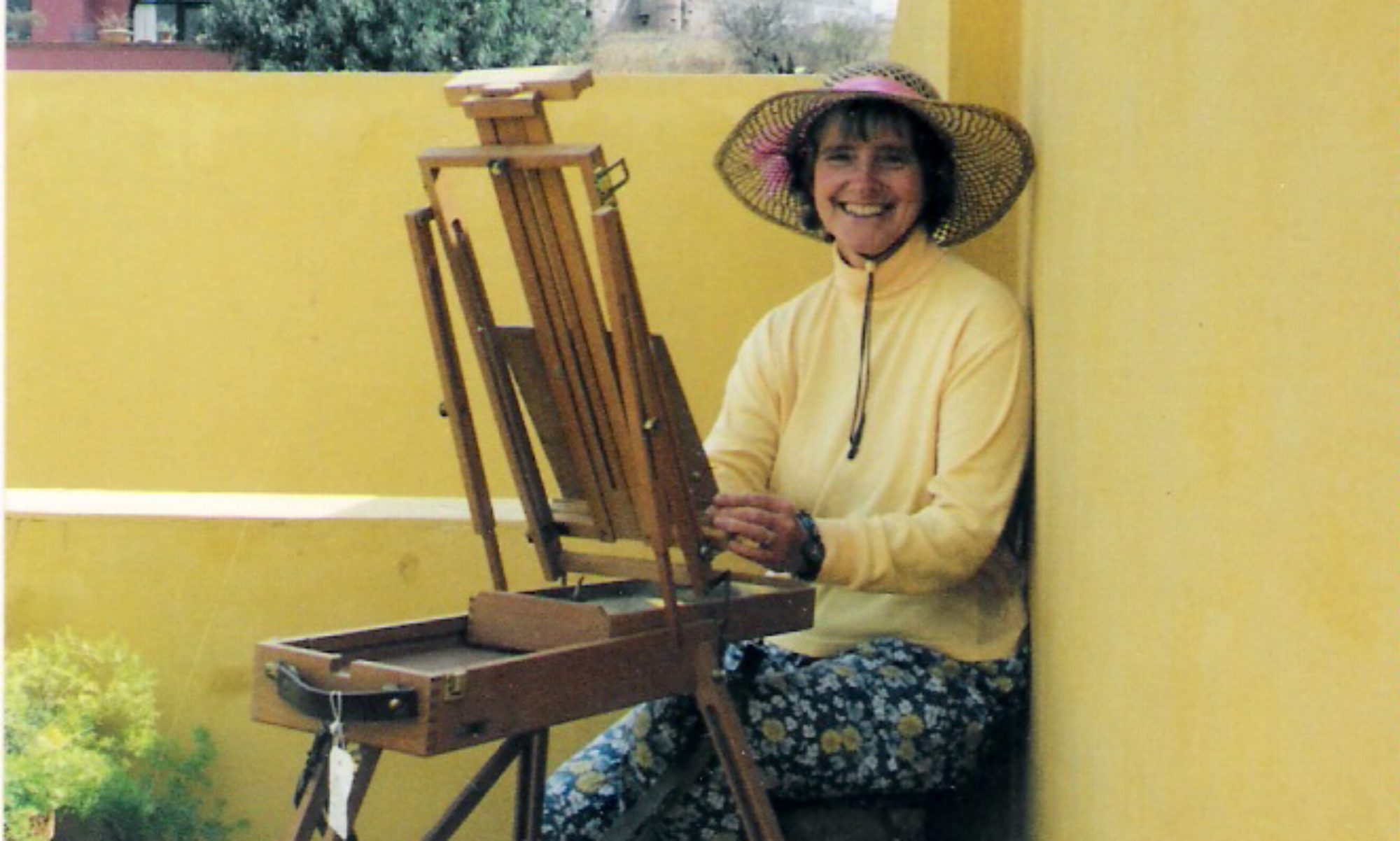In celebration of International Women’s Day 2023
I would like to honour two Canadian women pioneers
separated in time by a century, with my miniature watercolour portraits
and mixed media collages.
Marie-Anne Lagimodière 1780-1875

Newly married to a dashing French-Canadian voyageur, from Chambly, Quebec, Marie-Anne traveled in 1806, with the North West Company canoe brigade from Lachine, Quebec, to the Red River, the first white woman to do so. During buffalo hunts on the prairie she learned to ride with a child in a saddle bag and another strapped to her body. Taught by her Indigenous friends, she became expert at snaring small game and making pemmican. Often alone for long periods while her husband was hunting, her courage and resourcefulness enabled her to raise their eight children through troubled times. She was later godmother to many more in her community of St Boniface, Manitoba.

Star of Chambly and Crossed Canoes
Mina Benson Hubbard 1870-1956

In 1905, two years after her husband, Leonidas Hubbard had died while trying to explore and map parts of central Labrador, Mina Benson Hubbard, born in Bewdley on Rice Lake, set out to complete his work with the help of four Indigenous guides. She successfully traveled by canoe from Northwest River on the east coast of Labrador, to Ungava Bay in the Arctic. Using a sextant and an artificial horizon, she produced the first accurate map of the interior river systems, later published by the American Geographical Society.
Three years later she published A Woman’s Way through Unknown Labrador, a vivid account of her trip. She moved to England, remarried, had three children, and gave lecture tours illustrated with the pictures taken on her favorite Kodak camera. In 1929 she visited her brother’s cottage in Honey Harbour, where, completely in character, she gave the family a canoe.

Crossed Canoes

